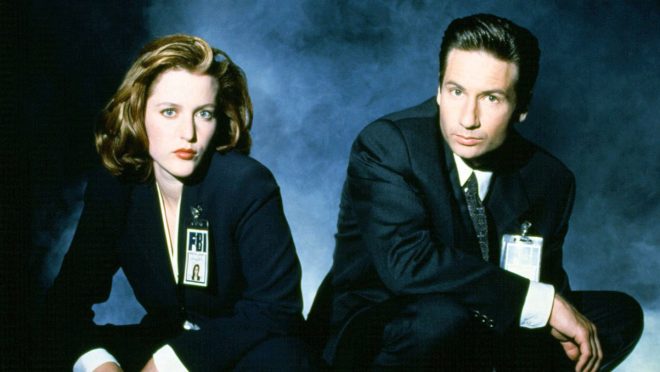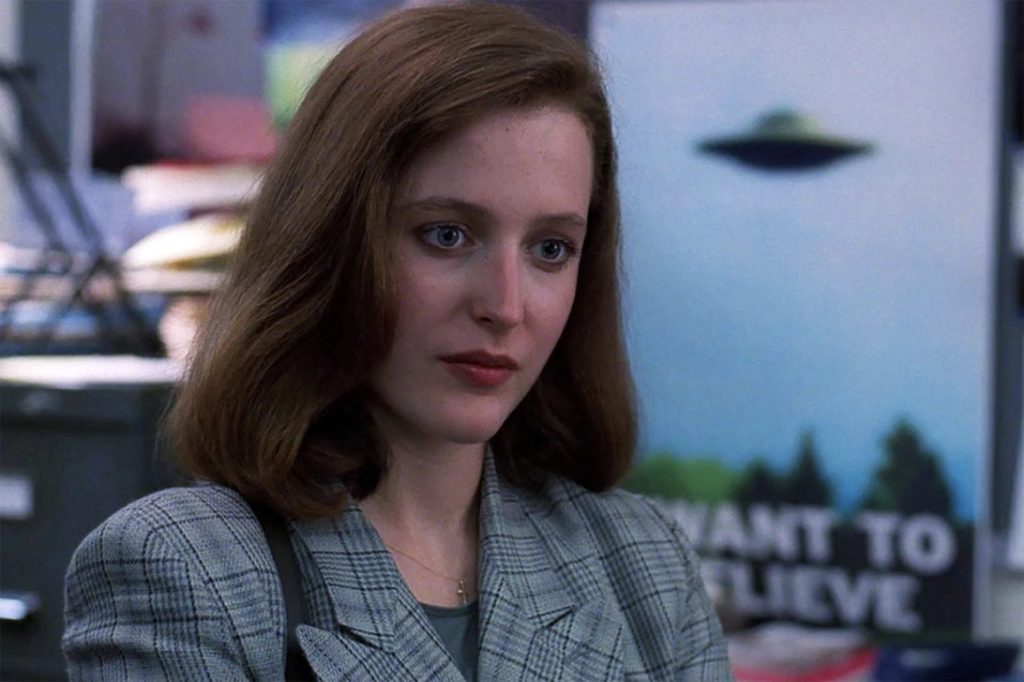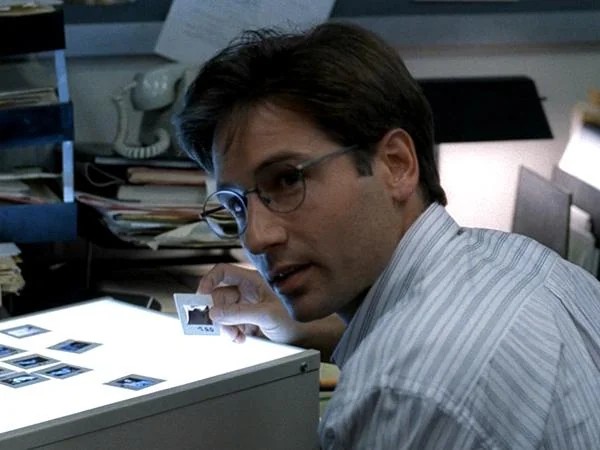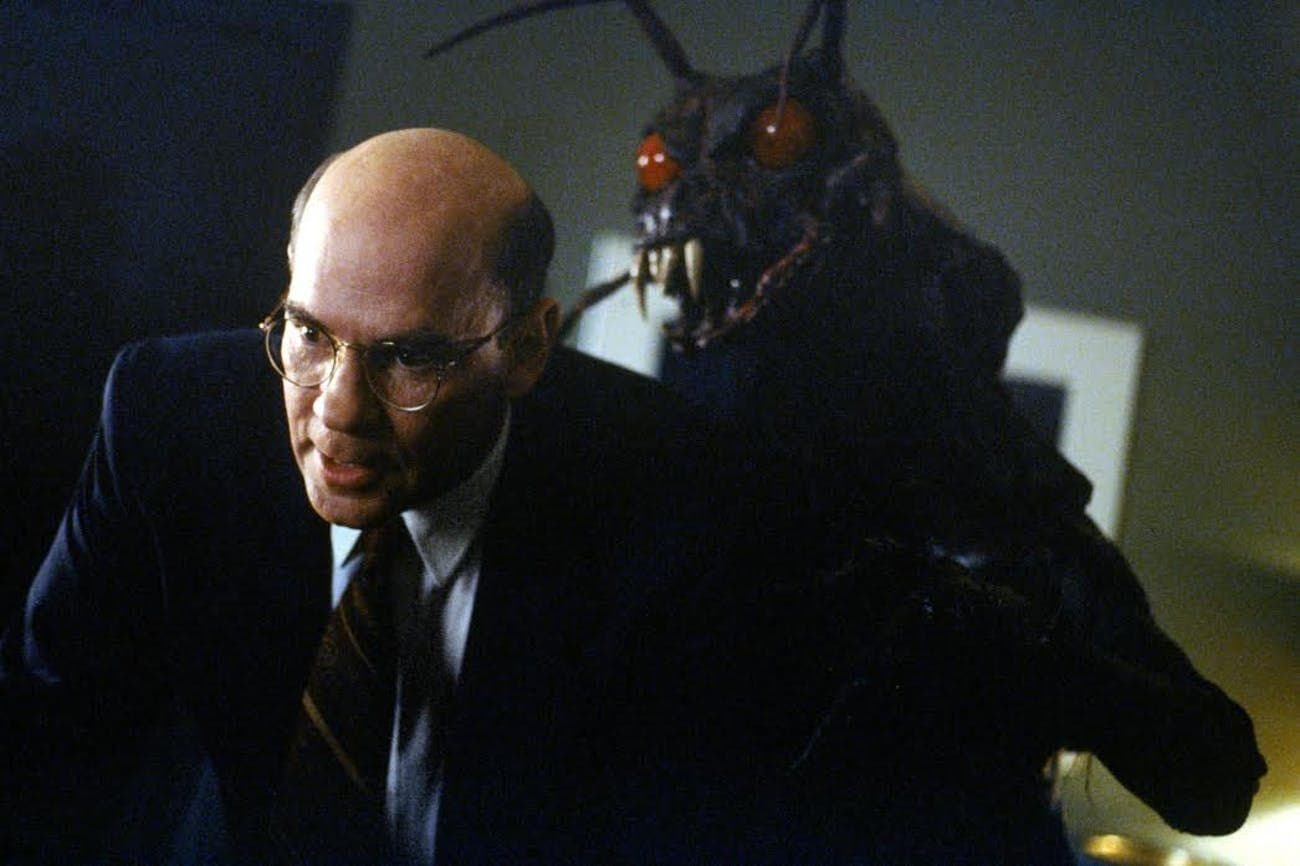Why you should binge The X-Files this Halloween
Why you should binge The X-Files this Halloween

This Halloween, if you’re looking for something eerie, intelligent, and oddly nostalgic, The X-Files remains television’s gold standard. With its greatly entertaining stories, an instantly recognisable theme song, and the aesthetic that defined the 1990s, the show remains as stylishly unsettling as ever.
Created by Chris Carter, The X-Files first aired in 1993 and quickly became one of the most influential series of its era. This September, the show celebrated its 32nd anniversary, yet its allure never seemed to fade away.
The series follows FBI agents Fox Mulder (David Duchovny), a big believer in conspiracy theories, extraterrestrials, and everything paranormal, and Dana Scully (Gillian Anderson), a pragmatic scientist, as they navigate everything from alien abductions to swamp monsters, government cover-ups, and urban legends. Eleven seasons and two feature films—The X-Files: Fight the Future (1998) and The X-Files: I Want to Believe (2008)—later, the show’s cultural imprint is undeniable.

Yet beneath its alien conspiracies and supernatural cases, The X-Files explores a more human terrain: trust, obsession, and the quiet loneliness of seeking truth in a world determined to obscure it. For viewers born after its original run, the series feels like a time capsule. Bulky technology, boxy cars, oversized suits—all blended in grainy cinematography and Mark Snow’s haunting theme—create a world that is tactile, claustrophobic, and super creepy.
Carter drew heavily from The Silence of the Lambs, and that is very evident in the show’s cold, bureaucratic corridors and its forensic attention to detail. Like Clarice Starling, Scully enters spaces where men underestimate her, yet she commands every scene.
Far from a mere foil to Mulder’s theories, she embodies intelligence, composure, and humanity—decades before “strong female character” became a marketing buzzword.

It is the dynamic between Scully’s skepticism and Mulder’s conviction that made the series compelling. Mulder and Scully’s slow-burn romance is also at the show’s heart.
They shared the sort of chemistry that doesn’t need kisses to feel romantic, yet it was strongly visible in their glances and subtle gestures—a partnership that remained the show’s emotional core, even as its alien mythology occasionally spiralled into convolution.
By the mid-to-late seasons, sprawling conspiracies tangled themselves in layers that even “spooky” Mulder could not decode.

While later seasons introduced new leads, Robert Patrick and Annabeth Gish, the original magic had largely dissipated. Yet the series’ “monster-of-the-week” episodes endure: stand-alone tales of sewer mutants, murderous insects, and eccentric puppeteers remain inventive, darkly funny, and occasionally heartbreaking.
Episodes like Home, Clyde Bruckman’s Final Repose, and Jose Chung’s From Outer Space showcase the show’s creative breadth—a balance of terror, humour, and absurdity that never loses its eerie charm.

If you are planning a rewatch, The X-Files offers flexibility. There’s no need to binge all 200+ episodes; a curated experience—select monster stories, early conspiracies, and emotionally charged finales—reveals the show in its intended form: clever and creepy.
Its influence is evident across contemporary television—from Stranger Things to True Detective, from procedural dramas to modern sci-fi duos pairing skeptics and believers. The X-Files made paranoia poetic and “the truth is out there” a generational mantra, reminding audiences that sometimes, the real monsters are human, and perhaps far worse.
In a media landscape dominated by instant gratification, The X-Files is oddly comforting. Its slower pace—the extended takes and conversations over explosions—invites viewers to linger in uncertainty. Perhaps that is why it remains perfect for Halloween.
This season, dim the lights, cue up Squeeze or Bad Blood, and let Mulder and Scully guide you into the shadows. Between disbelief and faith, the show’s enduring charm is clear: decades on, the truth is still out there—if you want to believe.


